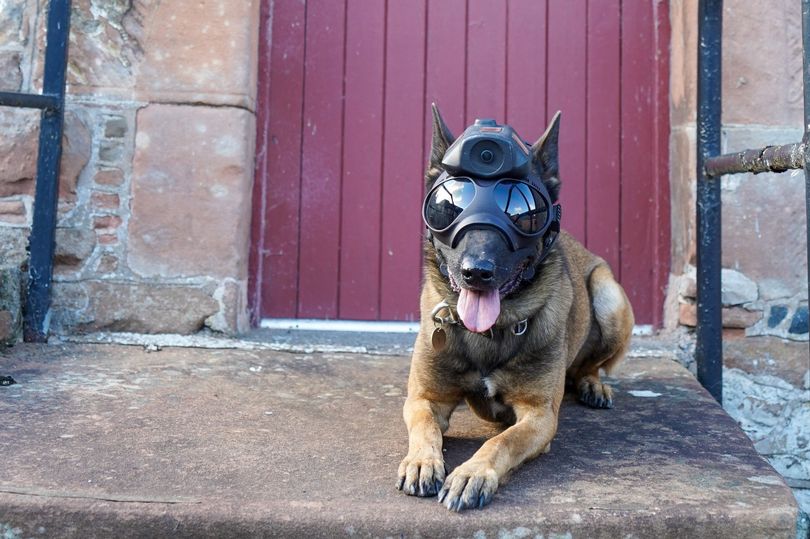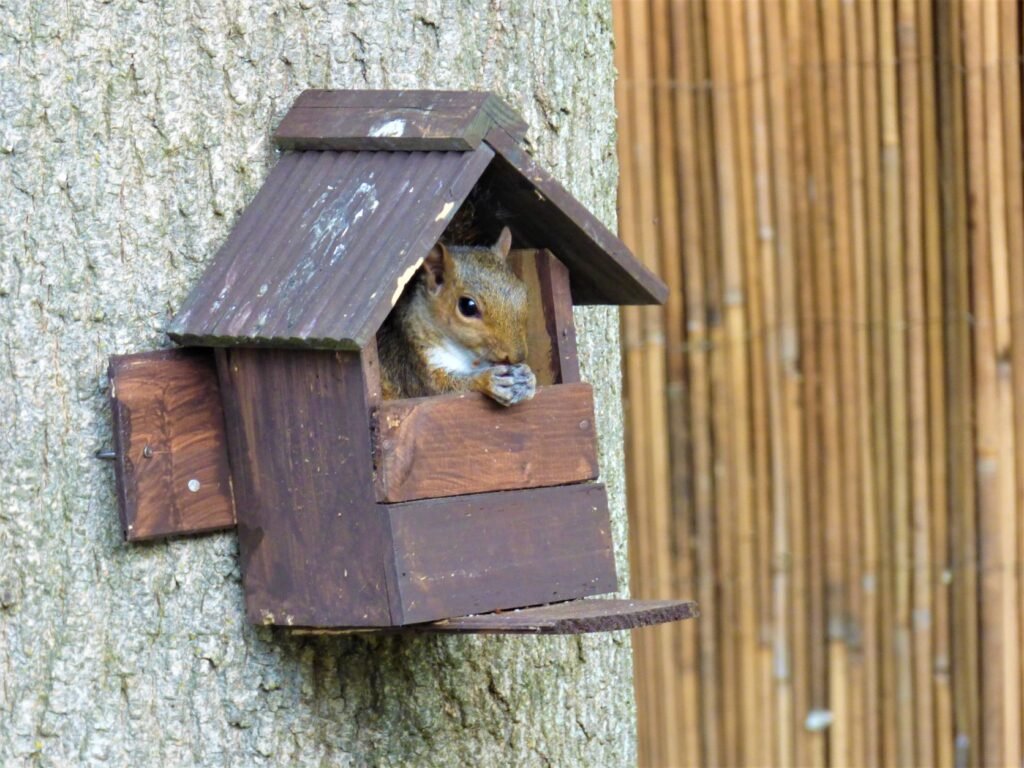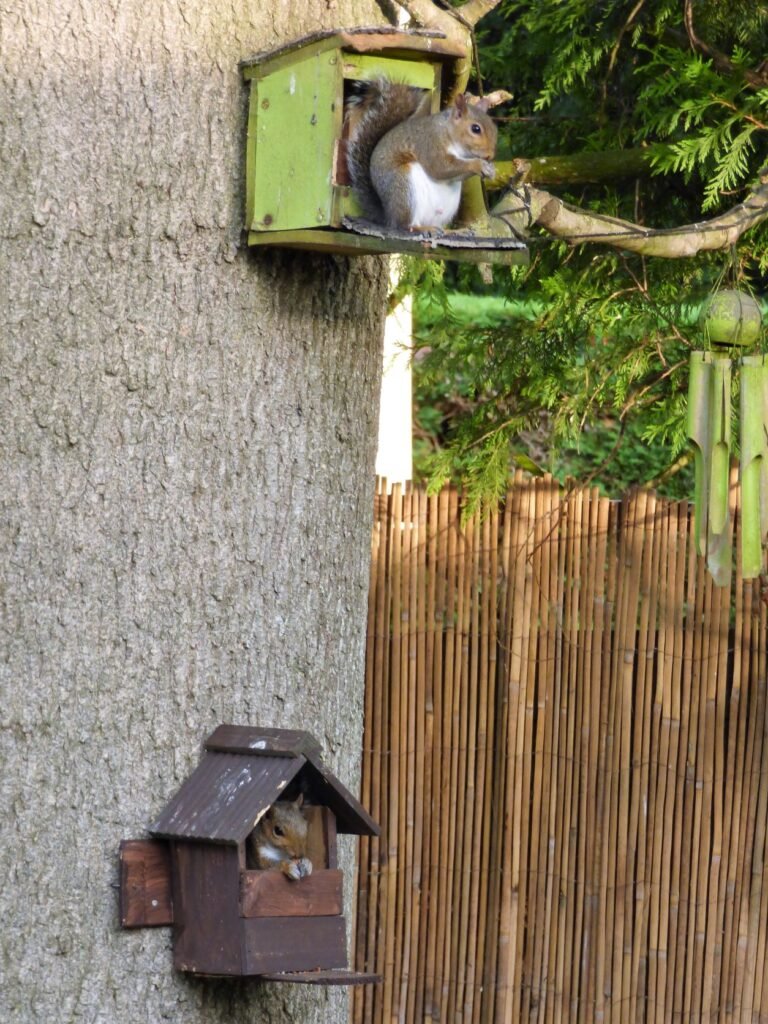There is much excitement in U.K police forces about the new innovation of turning their police dogs into what some sections of the the media have dubbed “Robodogs.” if it is not already enough to have them risking injury and death in their duties of tracking villains, chasing and restraining them, sniffing bank notes, drugs and firearms and spending a lot of their lives crammed into the back of police cars, they now have to wear a one kilo helmet as well as body armour.
According to the police, “The camera is exactly what we have been looking for to move our firearms support capabilities forward. The camera is simple to use, fits in perfectly with our IT systems and is cost-effective.”
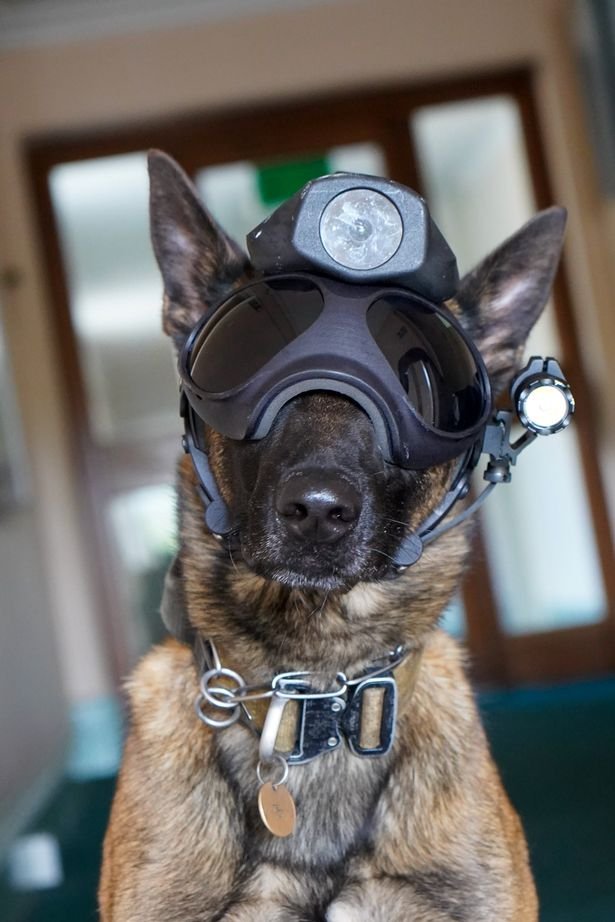
Apparently “the camera is light, comfortable and mounts easily to the dog’s head weighing 1kg and has been designed to be comfortable for the dog to wear. The dogs really haven’t had an issue getting used to it.” But if dogs could talk they might not entirely agree with the description or of being viewed as a mobile four-legged tripod to mount the thing on. It is hardly natural. Unfortunately I can visualise that it will not be long before these camera helmets will be available to everyone and we will see dogs hurtling around parks and the countryside taking videos for vloggers.
How long will it be before police dogs have guns strapped to them.
The stated hope is that these helmets will “transform firearms situations” and this means that the dogs will be sent in first to film the situation before sending in a human officer, but will be no help if the dog is attacked. The dogs will still face the same risks as when they are presently sent in to tackle armed offenders, but at least we will have video of it for the tv documentaries. One wonders how long it will be before remote guns are strapped to them.
They will join the ranks of their comrades in the military in having to endure protective clothing and perform dangerous duties to save their human comrades but hopefully not suffering the same horrific injuries like Kuno, the British military dog.
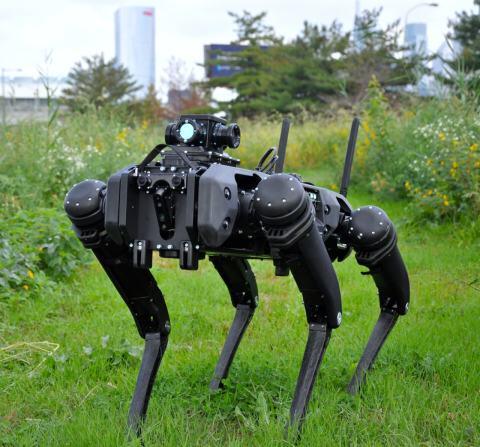
Of course, we already have robodogs in the form of Robot Dogs but these are sill under training, less mobile and probably out of the police’s price range, but who knows they might replace police and military dogs in the future, but only if they can be taught/programmed to smell.
Although loved by their handlers and riders police dogs and horses have always been treated as pieces of police equipment or property. After much pressure over the years it has been an offence since 2019 to injure a police animal under Finn’s law, but as we know human officers are attacked on a daily basis so what hope for the dogs and horses. It still raises the question of whether it is ethically and morally fair to intentionally put animals in harm’s way in the first place? Would it not be better to restrict them to ceremonial use or purely as “search” and “sniffer” dogs who appear to have a fun time at work.
